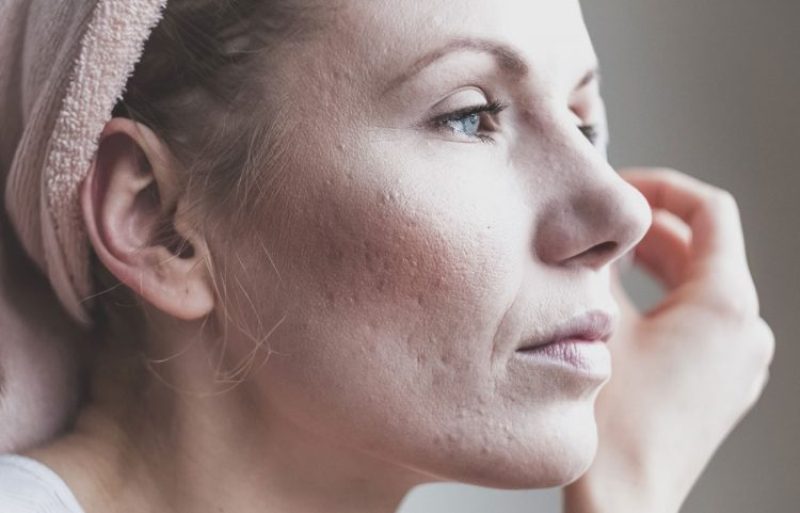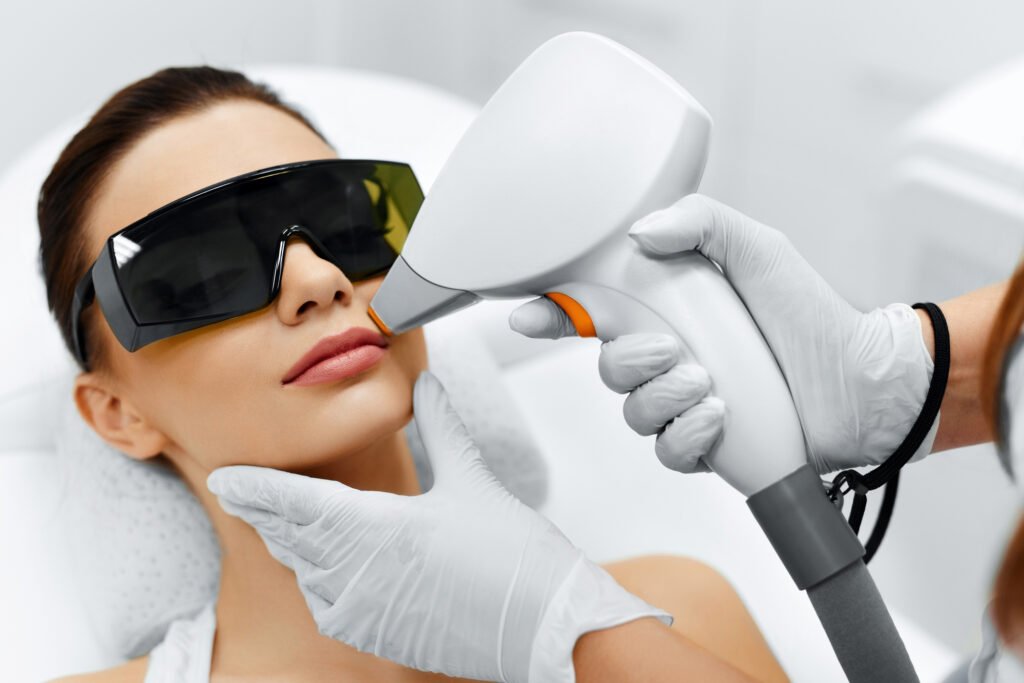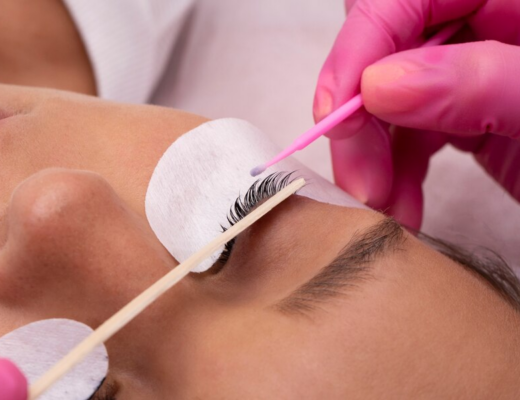If you have been thinking about undergoing rhinoplasty, otherwise known as a nose job, you will undoubtedly be in good company. And this is true whether your goal is improved facial symmetry or to correct a breathing problem, such as a deviated septum, for example. To substantiate these claims, we need only take a look at a study published by Harvard Health Publishing, which is the publishing arm of the renowned Harvard Medical School in Boston, Massachusetts. The 2019 study, which was conducted by the American Society of Plastic Surgeons, revealed that an estimated 220,000 rhinoplasty procedures are performed in America every year.
Given these figures, it is not too surprising to find that rhinoplasty ranks as the most commonly performed facial plastic surgery in the country. While there is no statistical data that delineates between those who undergo rhinoplasty for improved facial symmetry versus those who do so to resolve a breathing problem, current data shows that about 80 percent of people have a deviated septum. That said, some of these same individuals have either already or will in the future turn to rhinoplasty to restore proper breathing function. For those who are not familiar with a deviated septum, it is a respiratory condition characterized by a nasal septum that is mildly or severely off-center. And functional rhinoplasty is a go-to procedure for correcting such breathing problems.
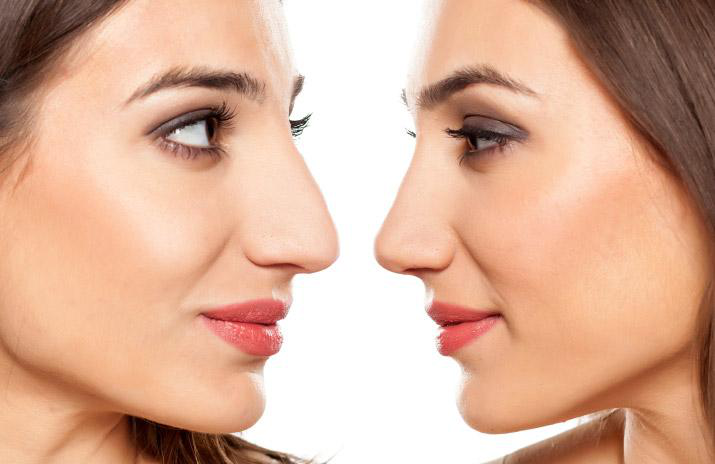
What You May Not Know About Rhinoplasty but Probably Should
Now that we have a better understanding of just how prevalent rhinoplasty is in America and why some might want to undergo such a procedure, let’s take a closer look at what they entail. Firstly, barring extraordinary circumstances, rhinoplasty is performed as an outpatient surgical procedure and begins after the patient is placed under general anesthesia. From there, most cosmetic surgeons, including those with Becker Rhinoplasty Center, a medical facility that specializes in rhinoplasty in New Jersey, will move forward with making the incisions necessary to start the “closed” or “open” rhinoplasty surgery.
For reference, closed rhinoplasty entails making small incisions that can be hidden inside the nose. By comparison, open rhinoplasty involves making an incision across the columella, the thin tissue that separates each nostril. In either case, after making the necessary incisions, the physician will raise the skin covering the nasal bone and cartilage to provide them with enough access to manipulate bones, cartilage, and other structures in the nasal cavity. In turn, these manipulations help improve the appearance of the nose, restores breathing function, or both. After resculpting the nose, and recentering the nasal septum if necessary, the physician will close the incision. This part of the surgery entails putting the nasal skin and tissue back in place and closing the incisions, typically with dissolvable sutures. All in all, the typical rhinoplasty procedure takes between 1 and 2 hours to complete.
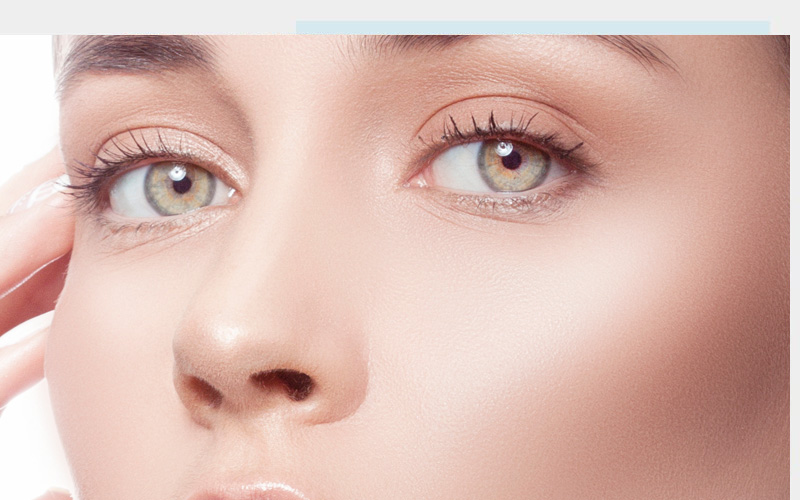
Can a Nose Job Affect Future Cosmetic Enhancements?
One of the biggest concerns that some people have when it comes to rhinoplasty surgery is whether or not undergoing such a procedure will affect future cosmetic enhancements. If you share this concern, this part of the article might interest you, especially if you decide to undergo cosmetic eyelid surgery, the second-most popular form of facial plastic surgery, according to the American Society of Plastic Surgeons, later on. For context, there were over 206,000 cosmetic eyelid surgeries performed in 2018.
Unless we are discussing revision rhinoplasty, a nose job generally does not interfere with subsequent cosmetic enhancements that an individual might want in the future. In short, revision rhinoplasty is a surgical procedure performed to correct or improve the results of a patient’s initial surgery. In some cases, these particular surgeries can result in numerous complications, which can make day-to-day life and even future cosmetic enhancements a challenge for some people. Some of the most common complications reported by those who have undergone revision rhinoplasty surgery include the following:
- Skin discoloration
- Severe pain
- Severe inflammation
- Prolonged swelling
- Infections
- Fever
- Excessive scarring
- Excessive bleeding
- Bruising
- Breathing difficulty
- Adverse reaction to local anesthesia
It is worth noting that these symptoms are not uncommon when it comes to revision rhinoplasty or even an initial rhinoplasty procedure for that matter. On average, it takes about 10 to 14 days to recover from revision rhinoplasty. And around this time, most will notice considerable relief from their symptoms. However, if symptoms persist for more than 14 days or worsen, they can potentially give way to serious health problems that can quickly rule out going through with more cosmetic enhancements. And this, of course, includes additional nasal cosmetic surgery, cosmetic eyelid surgery, rhytidectomy procedures, and the like.
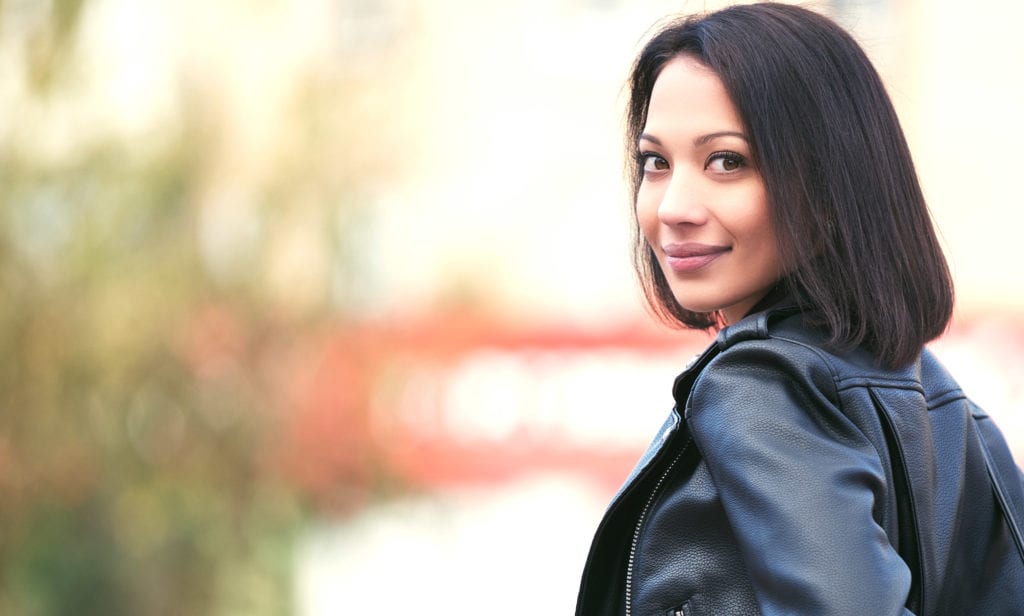
What you should know about Combining Other Cosmetic Procedures with Rhinoplasty
Even if an individual doesn’t encounter complications following an initial or revision rhinoplasty procedure, most cosmetic surgeons will advise waiting for at least 6 to 12 weeks after one surgery before scheduling another. Some might even have to wait longer if they lost a significant amount of blood or had an adverse reaction to the local anesthesia given to them during their last surgery. To avoid having to wait, some patients will opt to combine rhinoplasty with other cosmetic procedures. And this is perfectly fine since pairing rhinoplasty with another facial plastic surgery procedure makes it easier to balance a patient’s facial features and achieve even greater overall symmetry. In fact, according to Phil Haeck, MD, the former president of the American Society of Plastic Surgeons, it is not uncommon for some cosmetic surgeons to perform two or even three surgeries at once on a patient. Some of the cosmetic procedures frequently paired with rhinoplasty include the following:
- Submental liposuction
- A rhytidectomy
- Chin augmentation
- Eyelid surgery
Bottom Line
In summary, aside from a few extenuating circumstances, rhinoplasty generally does not preclude individuals from undergoing future cosmetic enhancements. Of course, some might argue that it is better to have such secondary or even tertiary surgical procedures performed at the same time rather than separately. To learn more about any of the information detailed in this article or to find out if rhinoplasty is right for you, consider scheduling a consultation with the Becker Rhinoplasty Center today.


